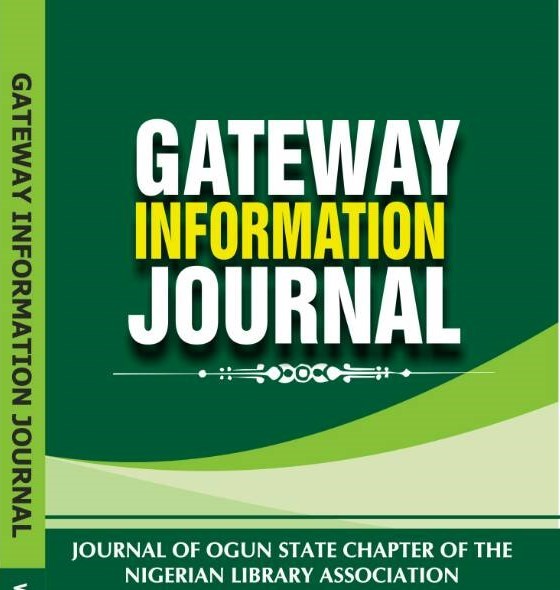Awareness, knowledge and attitude of market women towards COVID-19 pandemic in Nigeria
Main Article Content
Abstract
The COVID-19 outbreak that originated in Wuhan, China has resulted into a pandemic which prompted the World Health Organization (WHO) to declare a public health emergency across the continent. In order to reduce the spread of this virus, the Nigerian Government ordered the closure of some states in the country but allowed only the market women to operate on designated days so that citizens can stock foodstuff and food items in their homes. This study was therefore designed to examine knowledge and attitude of market women towards prevention, spread and control of COVID-19 disease in Ijebu-North Local Government of Ogun State, Nigeria. The descriptive survey research design of the expo-facto type was employed while market women in the two major markets of the selected local government were purposively selected as the study population. The purposive sampling technique was adopted to select 500 market women in the two markets while a validated questionnaire with Cronbach alpha 0.86 was used as the research instrument. A total of 500 copies of the questionnaire were administered to the market women by the researchers between 7.00am - 2.00pm on 5 consecutive market days when partial movement of people and goods were allowed. Out of 500, only 432 copies were found usable which accounted for 86.4% response rate. Data analysis was carried out using simple percentages, regression, ANCOVA and t-test at 0.05 level Findings revealed Radio (92.6%), religious/worship centres (81.5%) and Television (64.8%) are the major sources of awareness of COVID-19 and related information among the market women. Findings also revealed that majority of the sampled market women had low or poor knowledge of COVID-19 pandemic and related information. The market women surveyed also displayed moderate attitude towards prevention and control of COVID-19 amongst other findings. Recommendations were proffered include sensitization and provision of COVID-19 information in various dialects by media and health personnel; provision of protective materials by the government and broadcasting of COVID-19 interviews with recovered individuals, recordings of infected persons in agony and probably recordings of those that died as a result of the disease.

